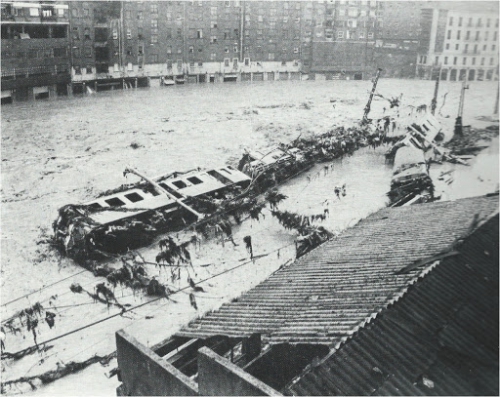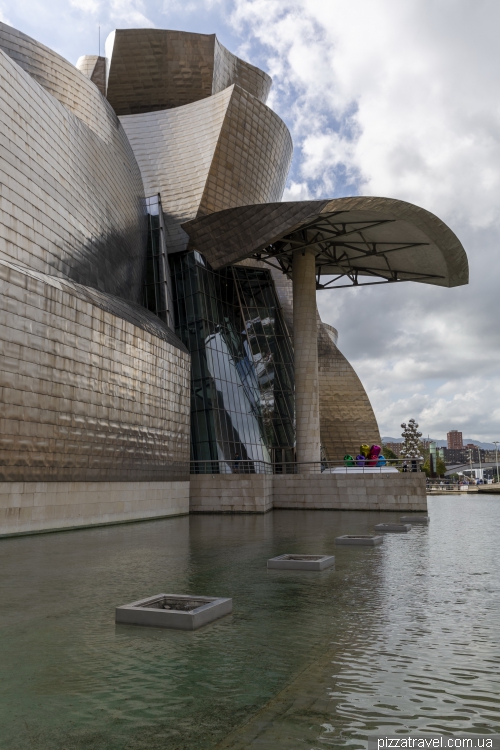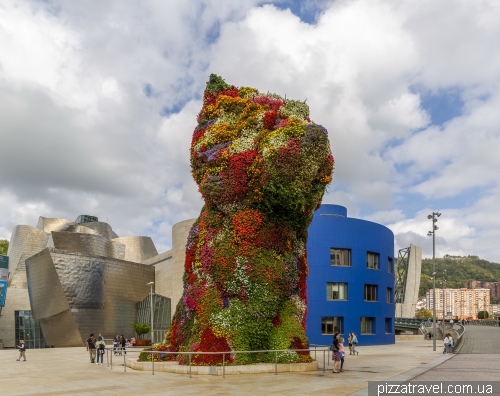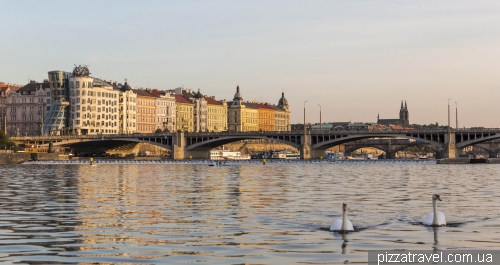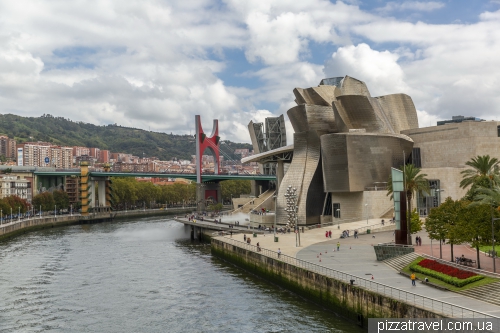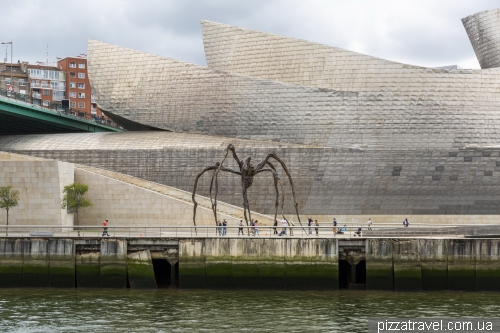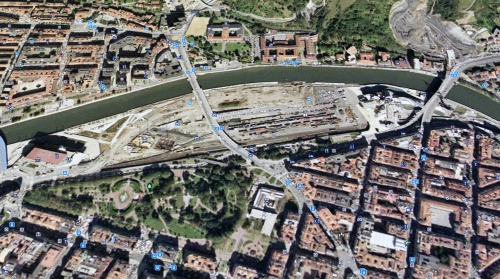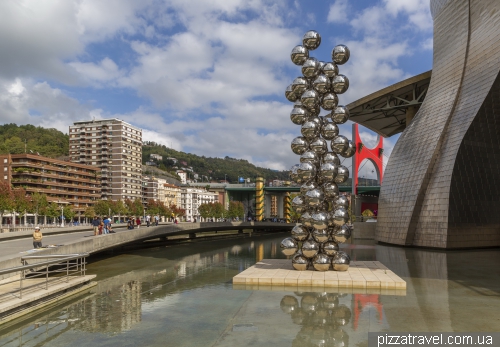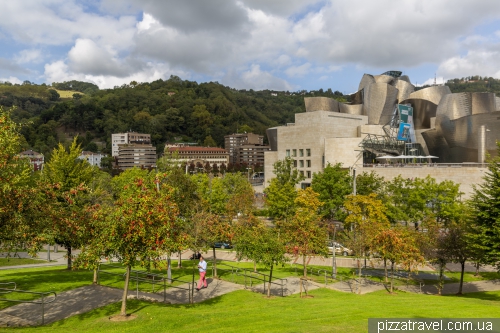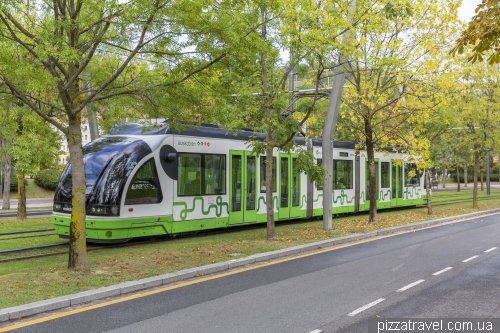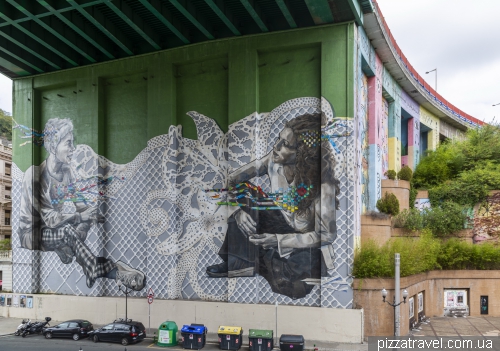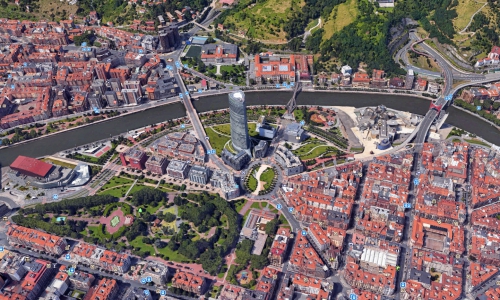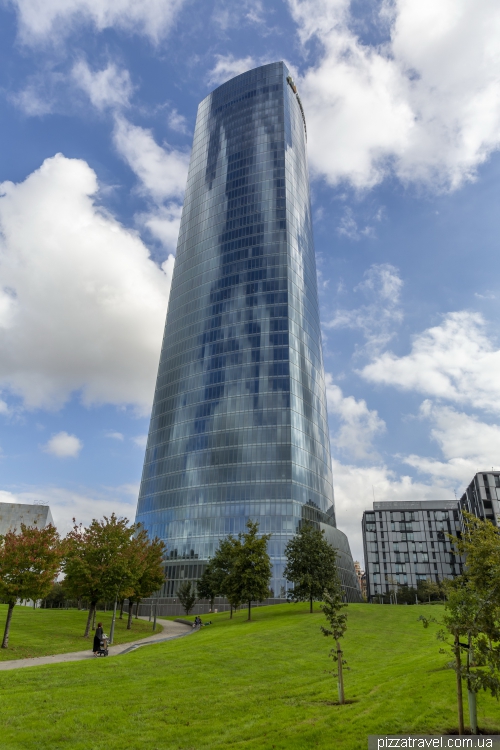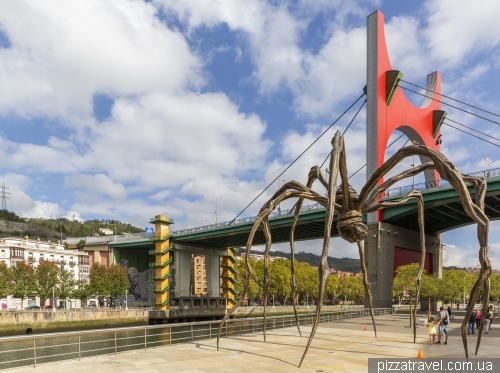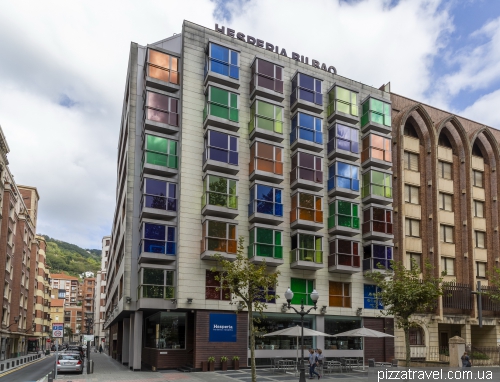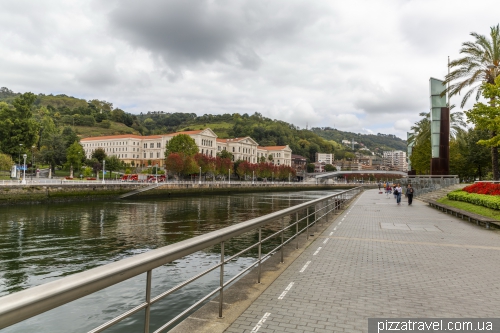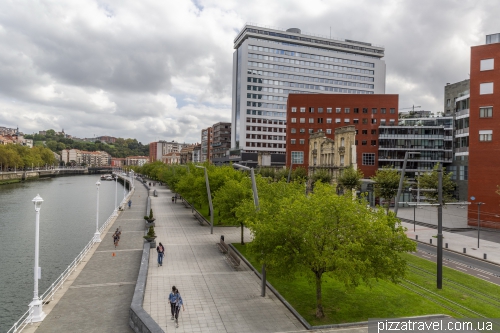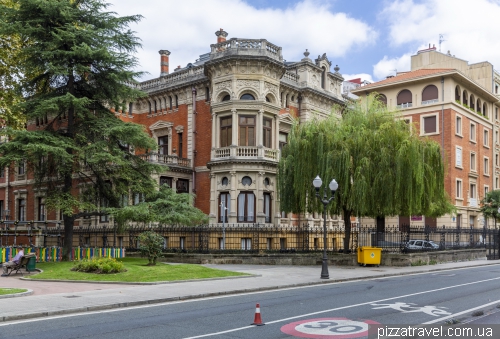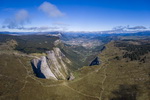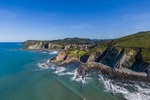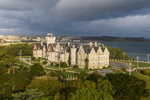The turning point in the modern history of the city was the flood in 1983 during the celebration of the summer city festival. Due to heavy rains, the water in the river rose in some places upto 5 meters and destroyed key infrastructure. Bilbao plunged into a deep depression, became quite dirty, the population was rapidly declining, the economy was falling and a social crisis began.
Despite all the problems, the authorities made a unique and extremely unusual decision. It was decided to remove industrial enterprises from the city and transfer the economy to the service sector. A new grandiose architectural project had to become a symbol of changes.
It was during these years that the New York Guggenheim Foundation, a nonprofit organization supporting contemporary art, sought opportunities for expansion in Europe. Spain was chosen and offers went to Barcelona, Seville and Santander. However, the best answer came from Bilbao, it was an almost uncompromising option.
Bilbao authorities turned to the famous architect Frank Gehry. As he later said in an interview, they literally said the following: "Our city is dying. We need a Sydney opera". The architect was worried and could not promise anything, he understood that the fate of the whole region could depend on his decisions.
By the way, we have already visited other projects of Frank Gehry. This is the New Customs complex in Dusseldorf
And the "Dancing House" in Prague
The Guggenheim Museum of Modern Art was opened in 1997 on the territory of the former port and factory, in the heart of the city.
Outside, the building is covered with 33,000 titanium plates, and the total construction cost was 89 million euros.
In the 2001 the museum is on the right, near the bridge, and the wasteland still occupies most of the embankment.
The opening of the museum created the so-called "Guggenheim Effect", and it spread far beyond Bilbao. In the city itself, transformations were just beginning and leading architects of the world were invited. Santiago Calatrava built a modern airport, and Norman Foster built a metro.
The main idea was the reconstruction in order to create a convenient urban environment, primarily for the residents themselves. Now the concept of a "city for life" has already become widespread, but in the late 80s such ideas were still revolutionary.
City built many new parks, public spaces and embarkments. In addition to the metro, the districts of the city now connected by modern tram lines.
It was estimated that the construction of the museum brings the city about half a billion euros annually and creates 9,000 jobs. Before the opening, about 80 cultural events a year were held in the city, now there are more than 1000.
This is how the territory looks in 2020.
Although this is only part, as the embankment stretches for many kilometers.
Can Bilbao's example be considered the key to the success of any city? In no case! Over the past decades, 130 cities have turned to the Guggenheim Foundation with proposals for the construction of new objects, but, for various reasons, almost no one received a positive answer.
The construction of large infrastructure facilities carries a great danger - this is a paradise for corruption. There are examples in almost every country, even in Germany with its Berlin airport. Mistakes in cost estimates may also occur. The city of arts and sciences in Valencia was originally planned to be built for 175 million euros, but the final amount was 1.2 billion euros.
Another failure may be the cost of maintaining facilities when they simply do not pay off. This happened in Zaragoza (Zahi Hadid Bridge Pavilion) and in Santiago de Compostela (City of Culture of Galicia).
You can’t just build an object and sit back waiting for GDP growth. In the case of Bilbao, the museum has become just a symbol of change. In your city, the symbol may be something else.
Download Bilbao maps here.
Getting there: a lot of covered parkings near the museum N 43 16.114 W 2 56.421, N 43 16.063 W 2 56.255, N 43 16.026 W 2 56.180. Bilbao-Abando Indalecio Prieto Train Station is almost in the center, use renfe.com.
